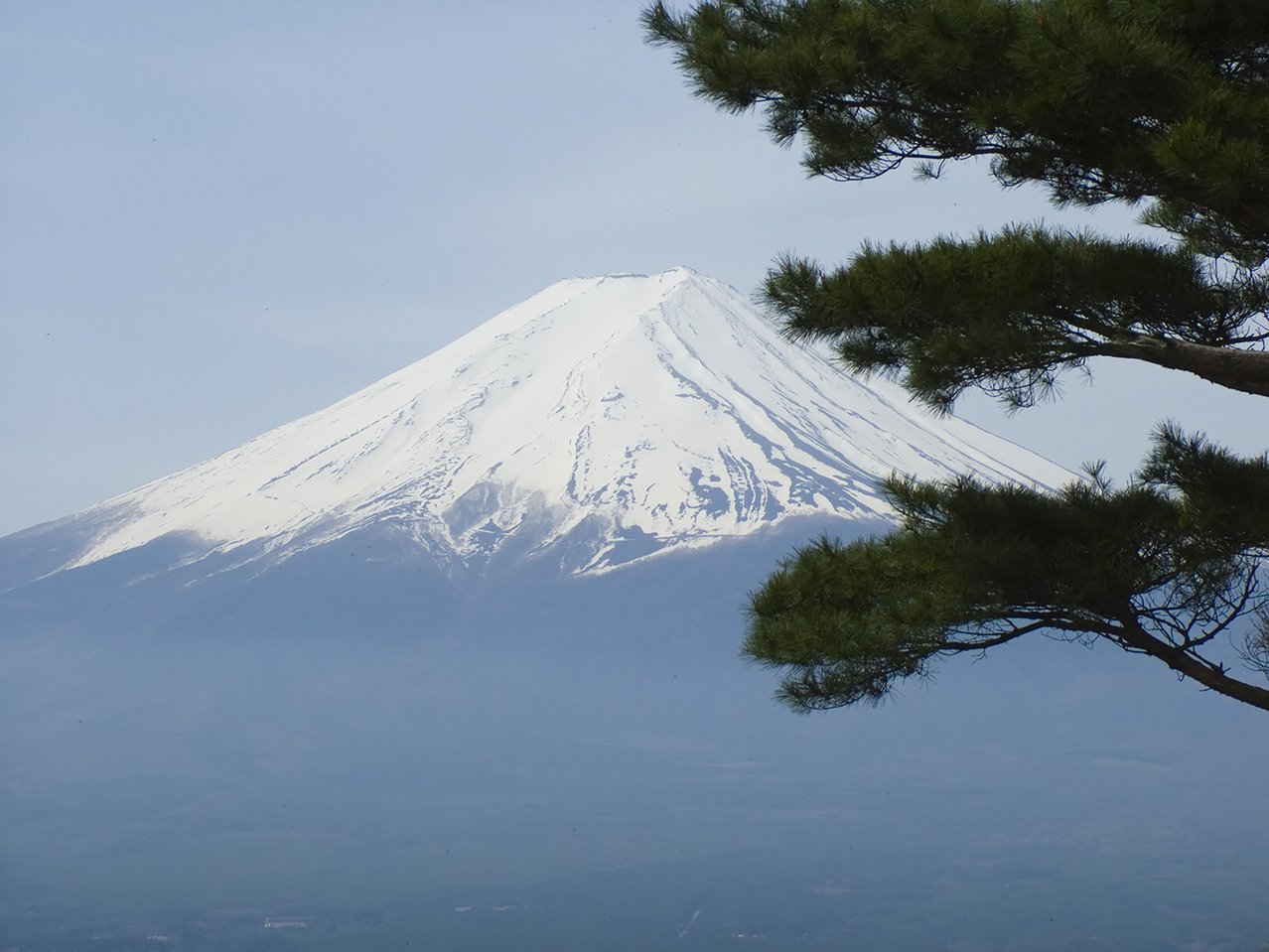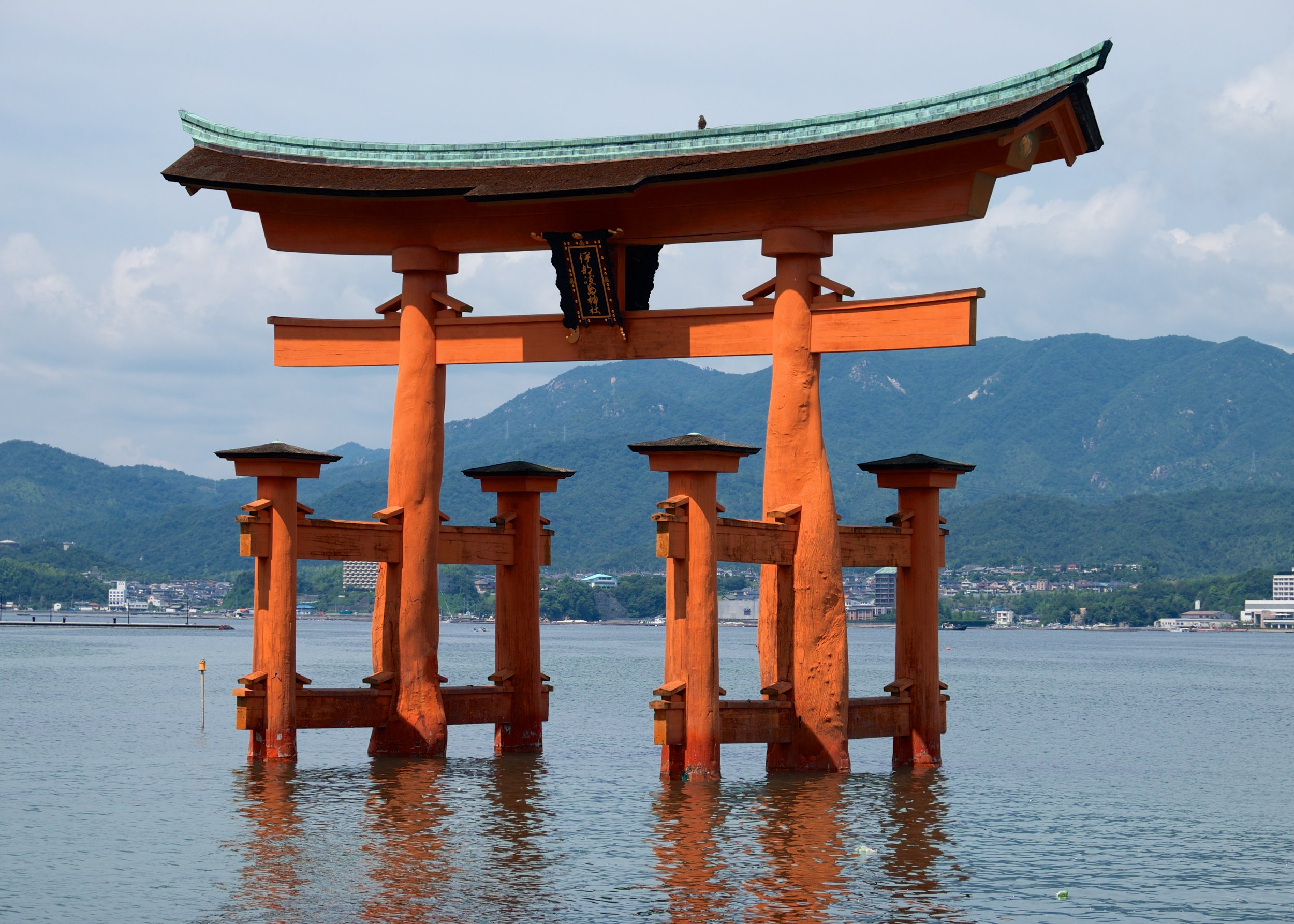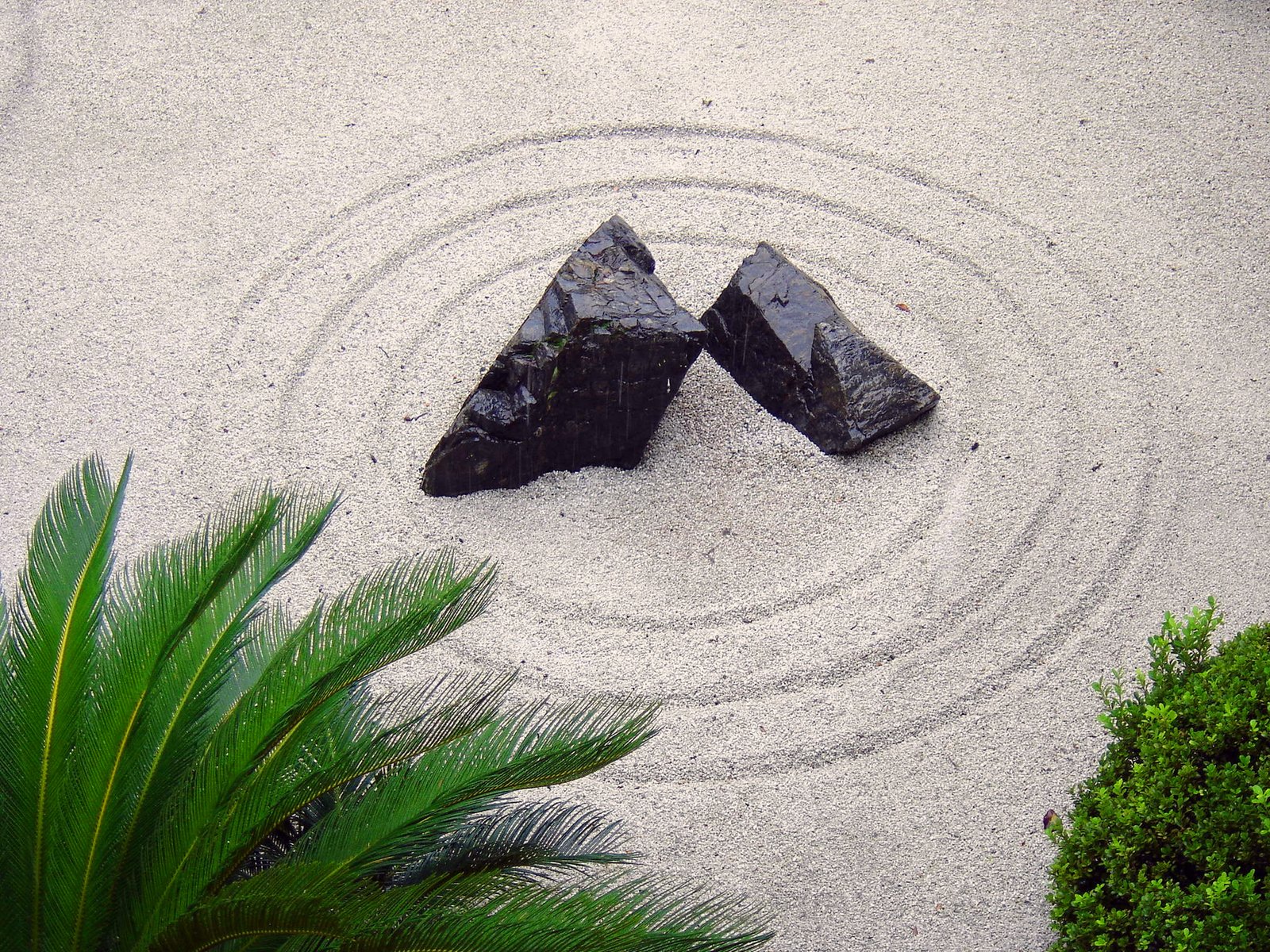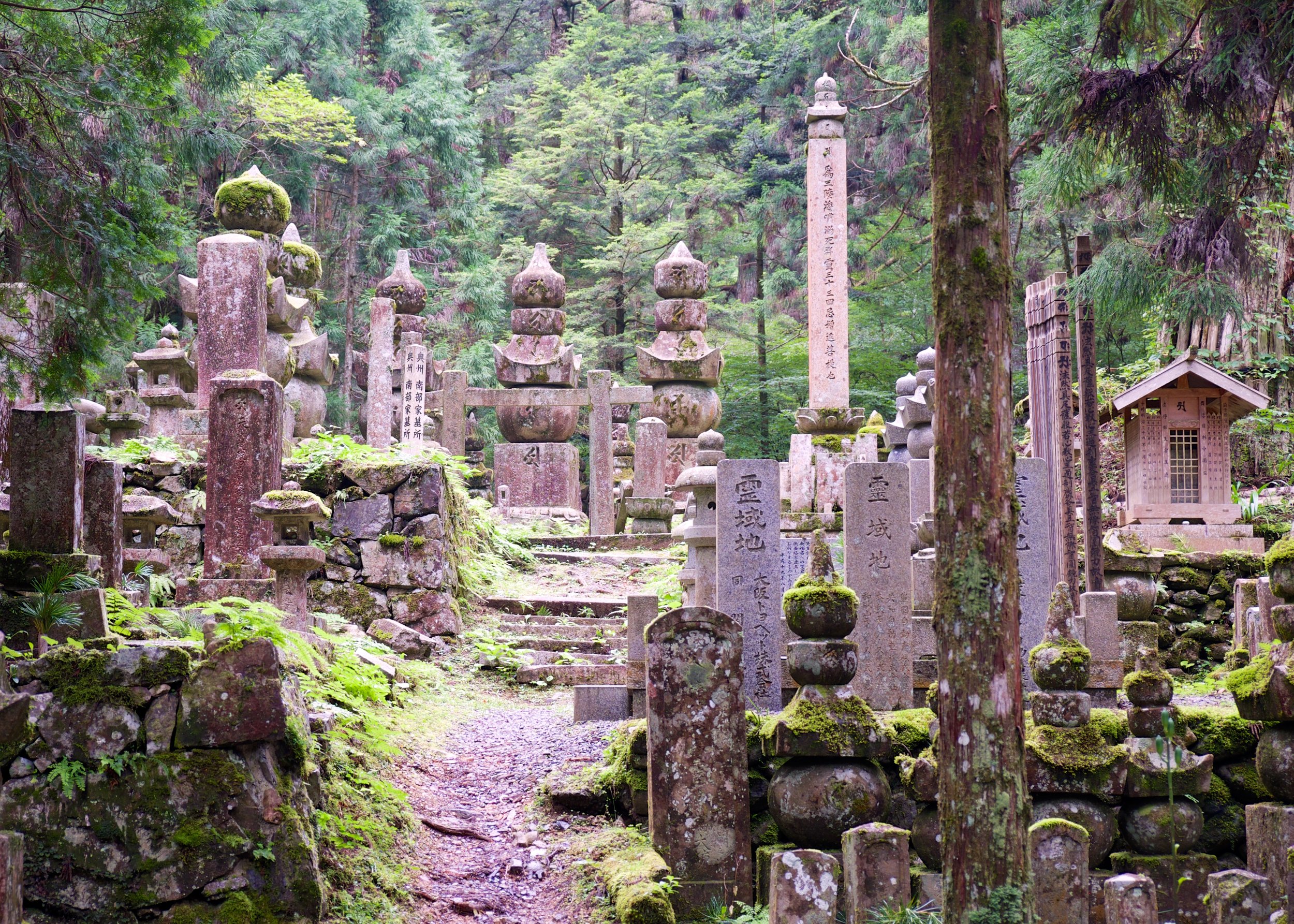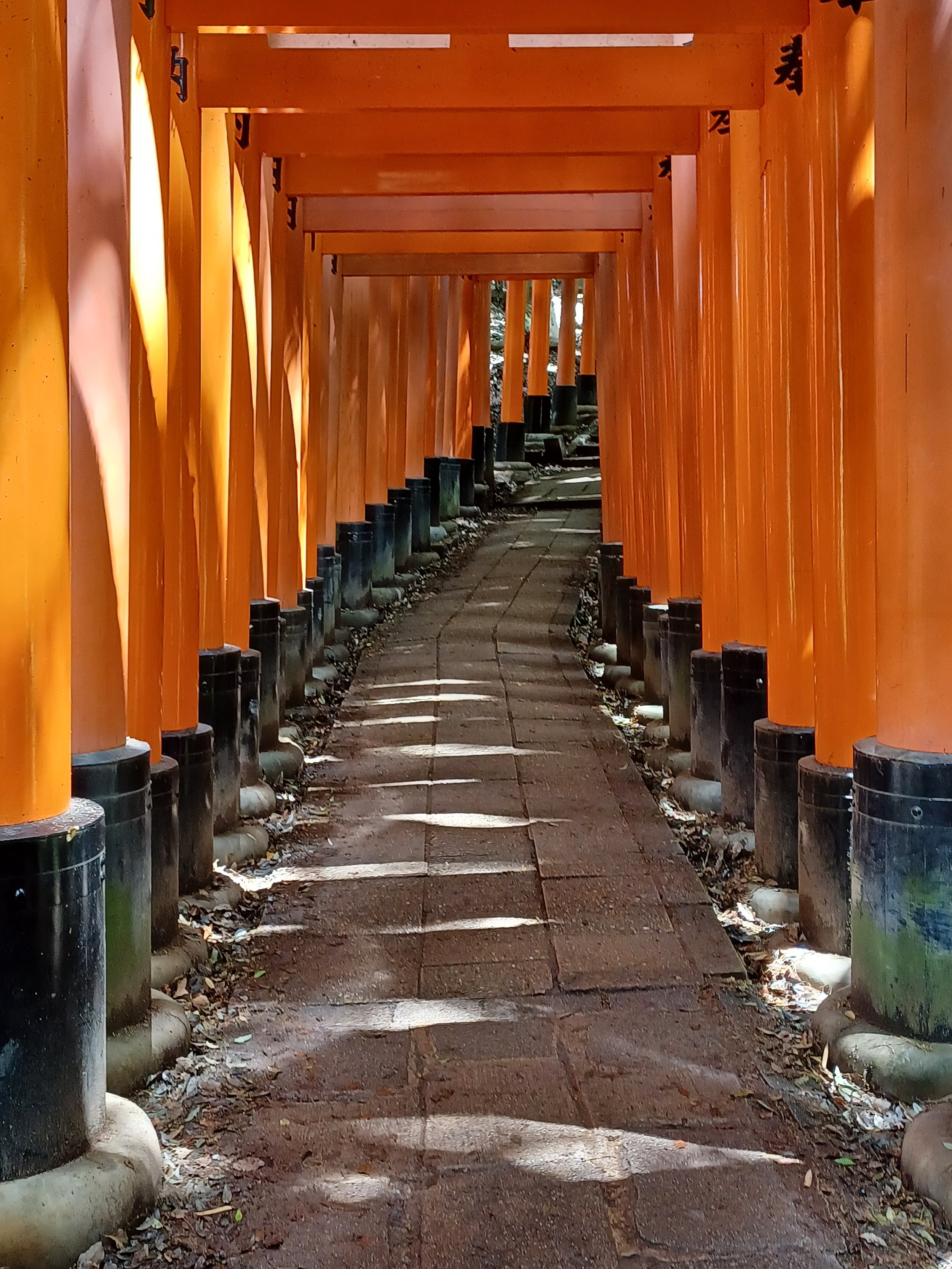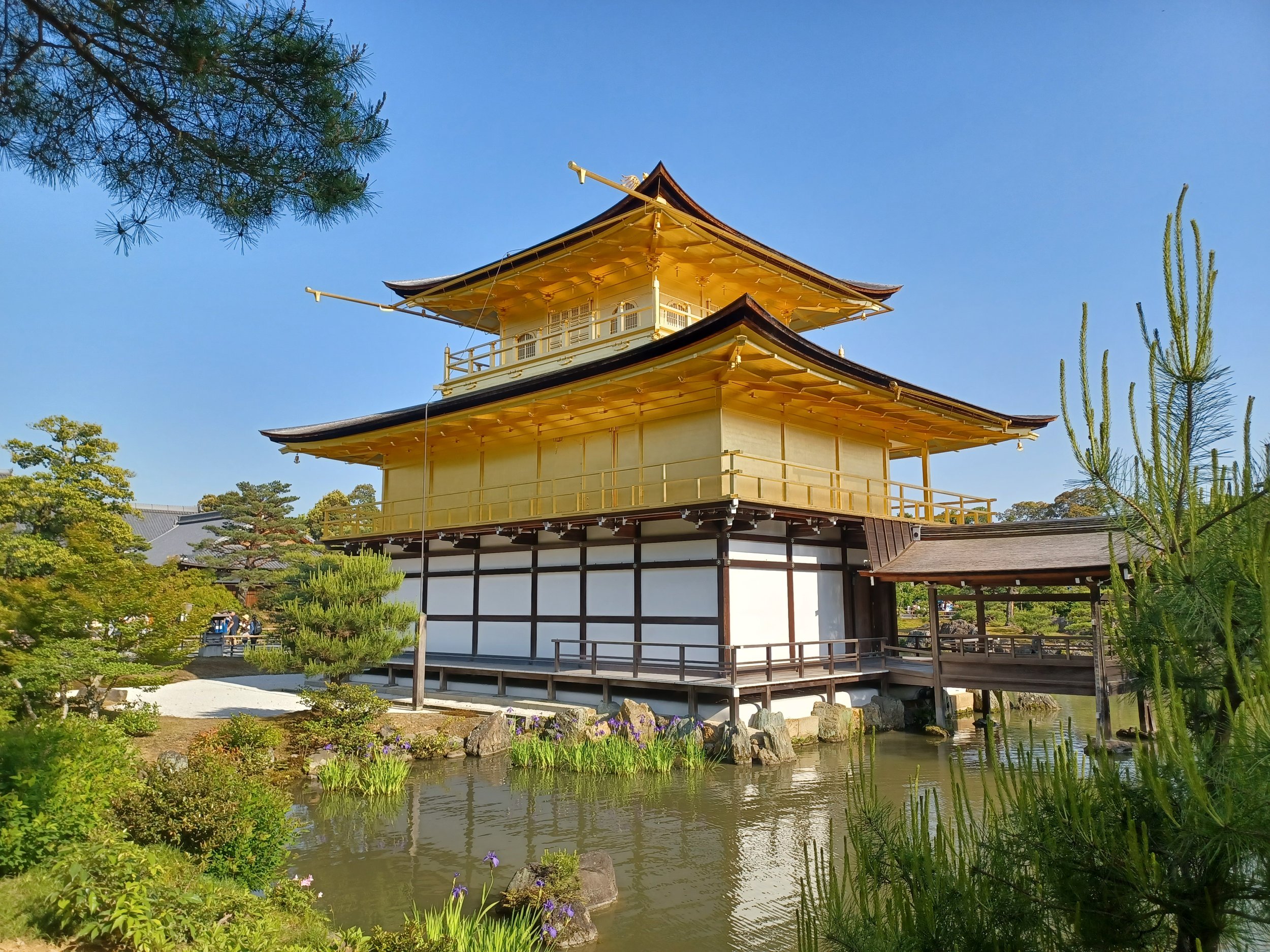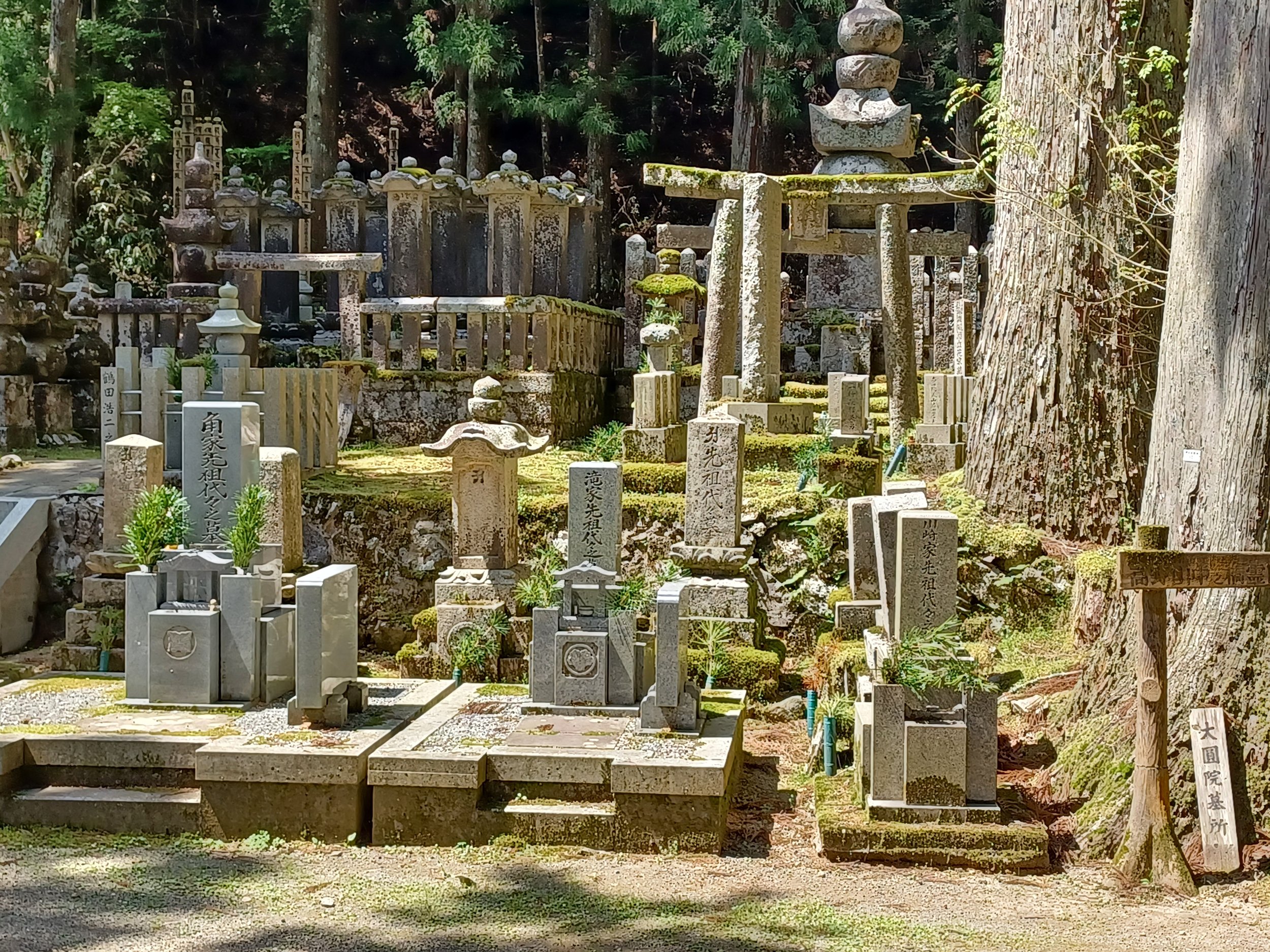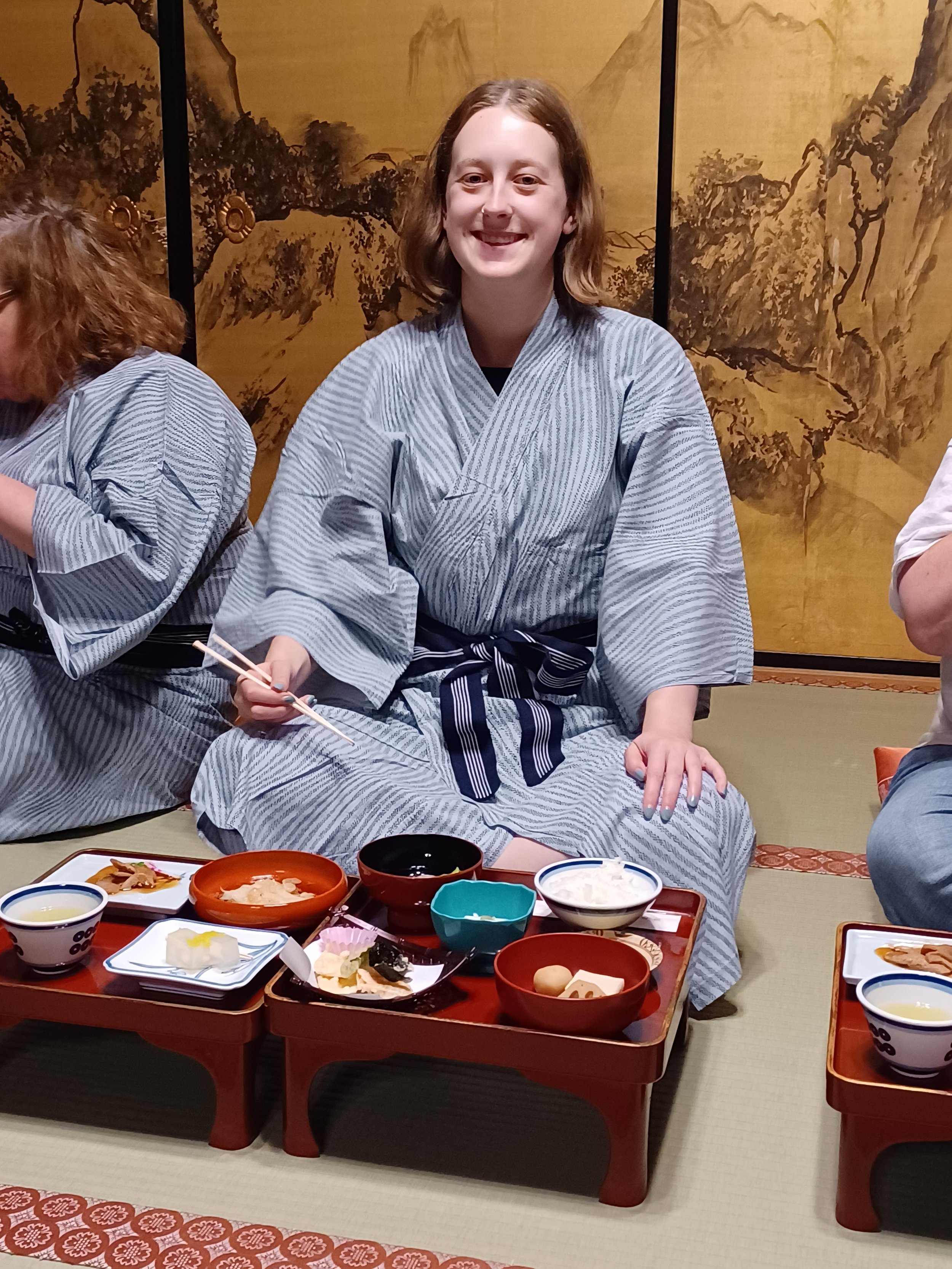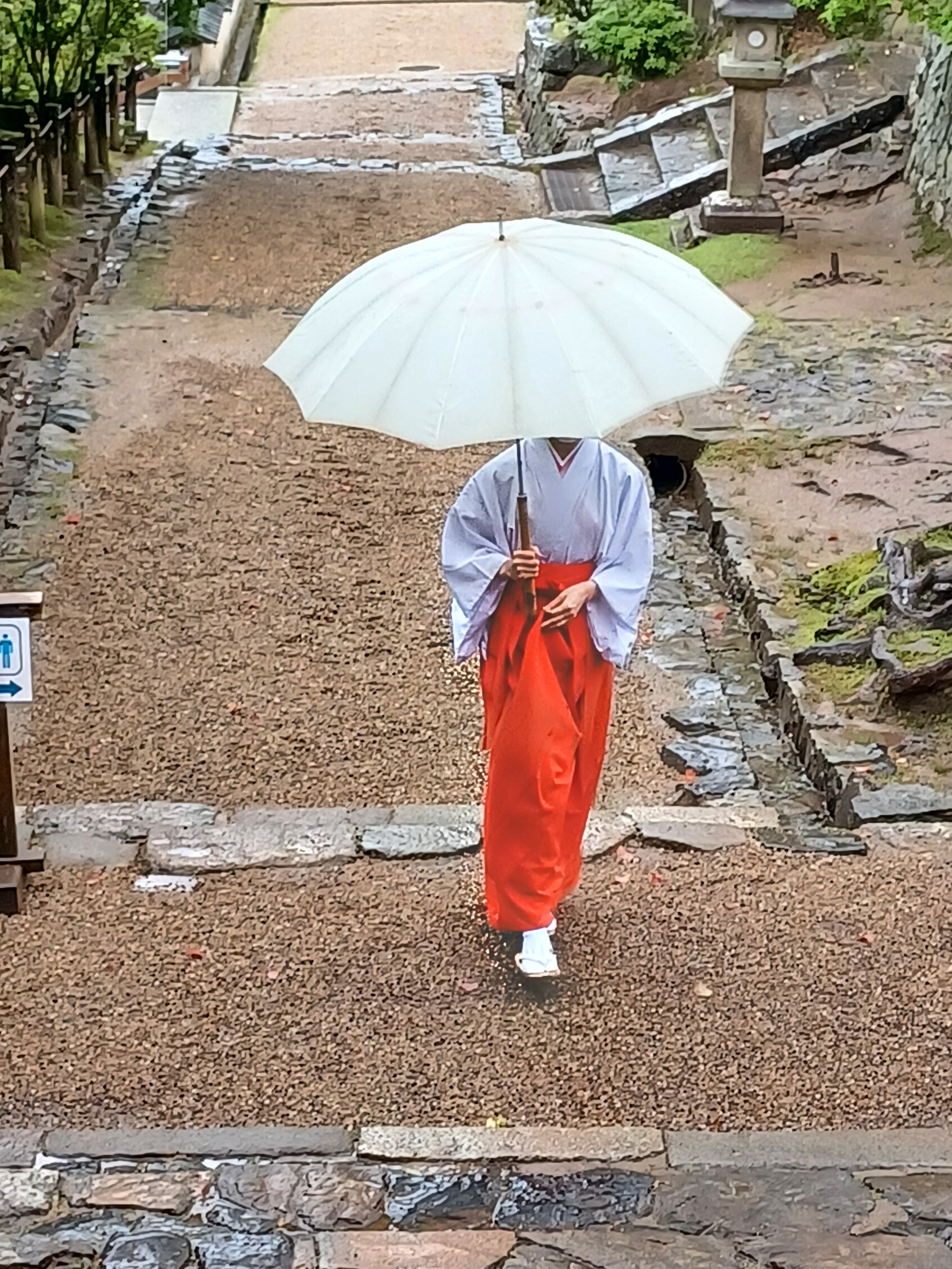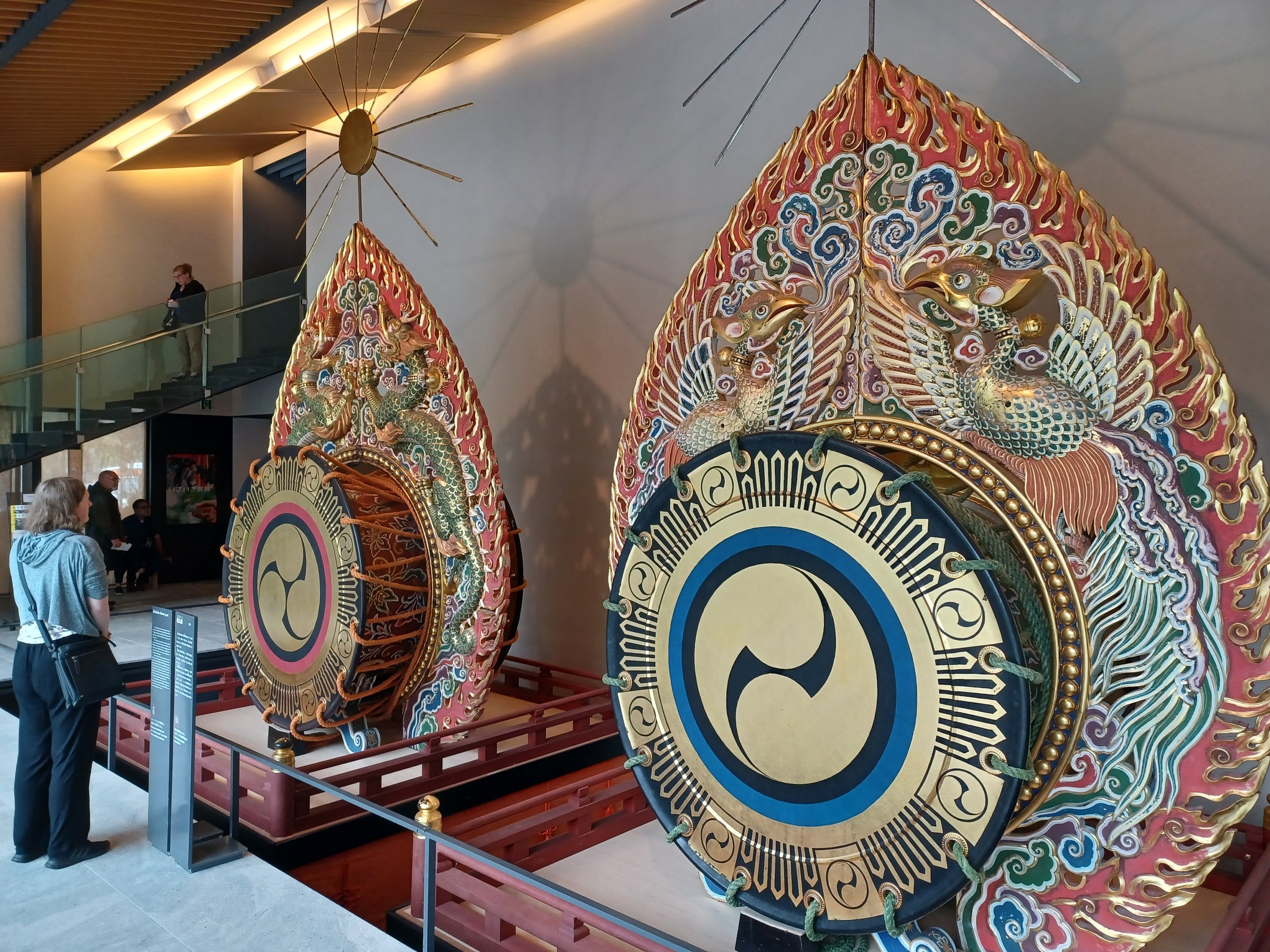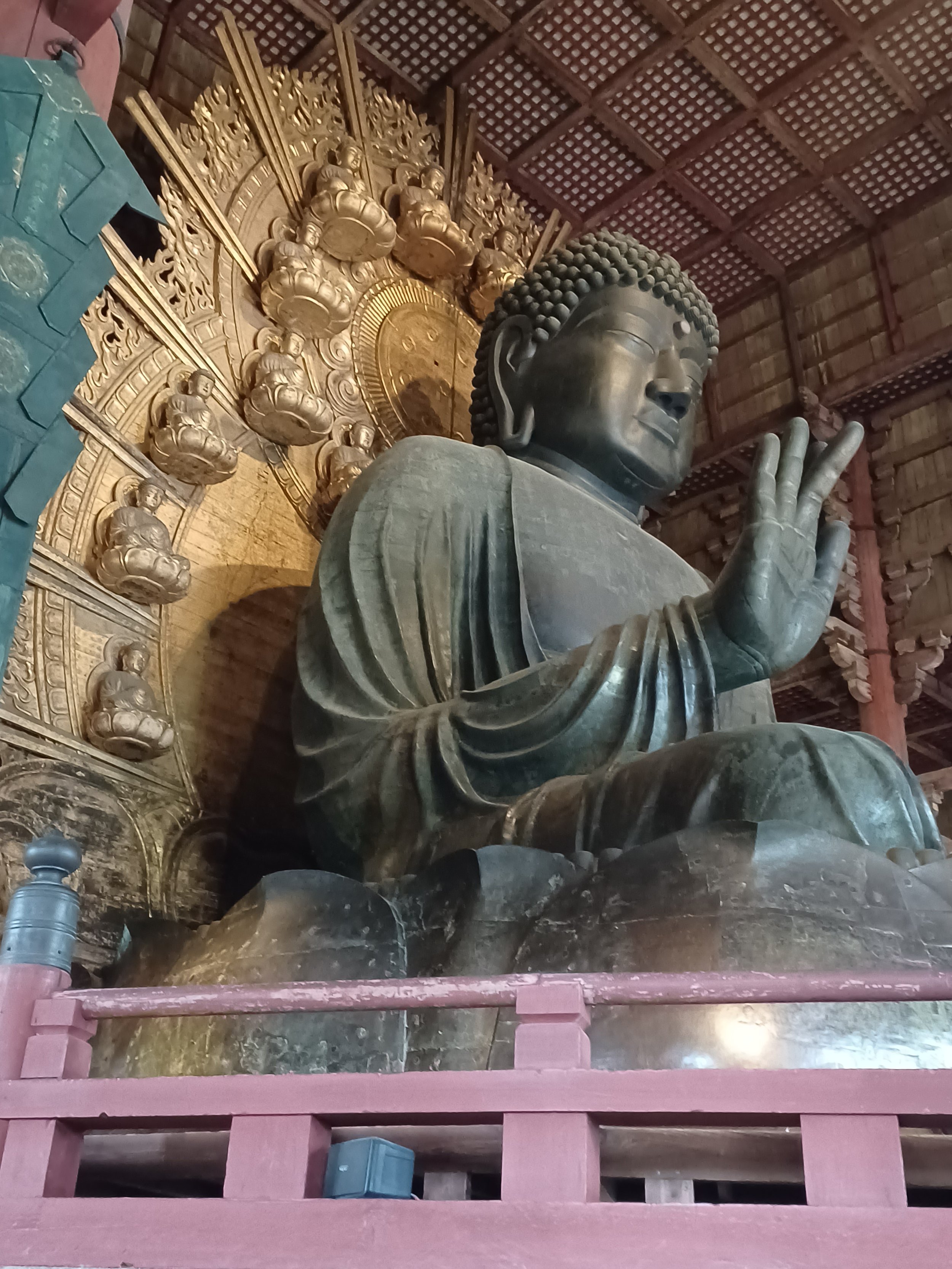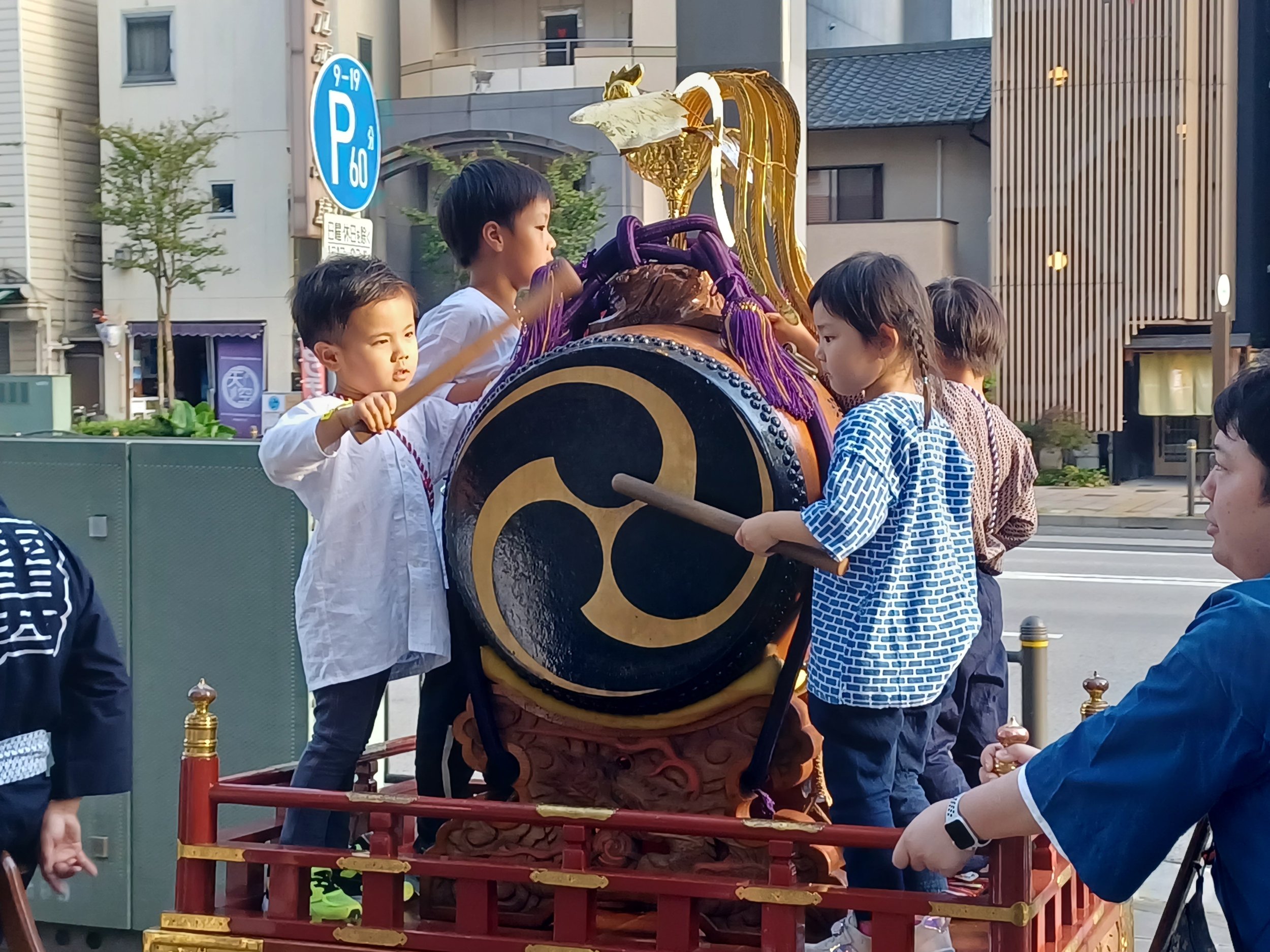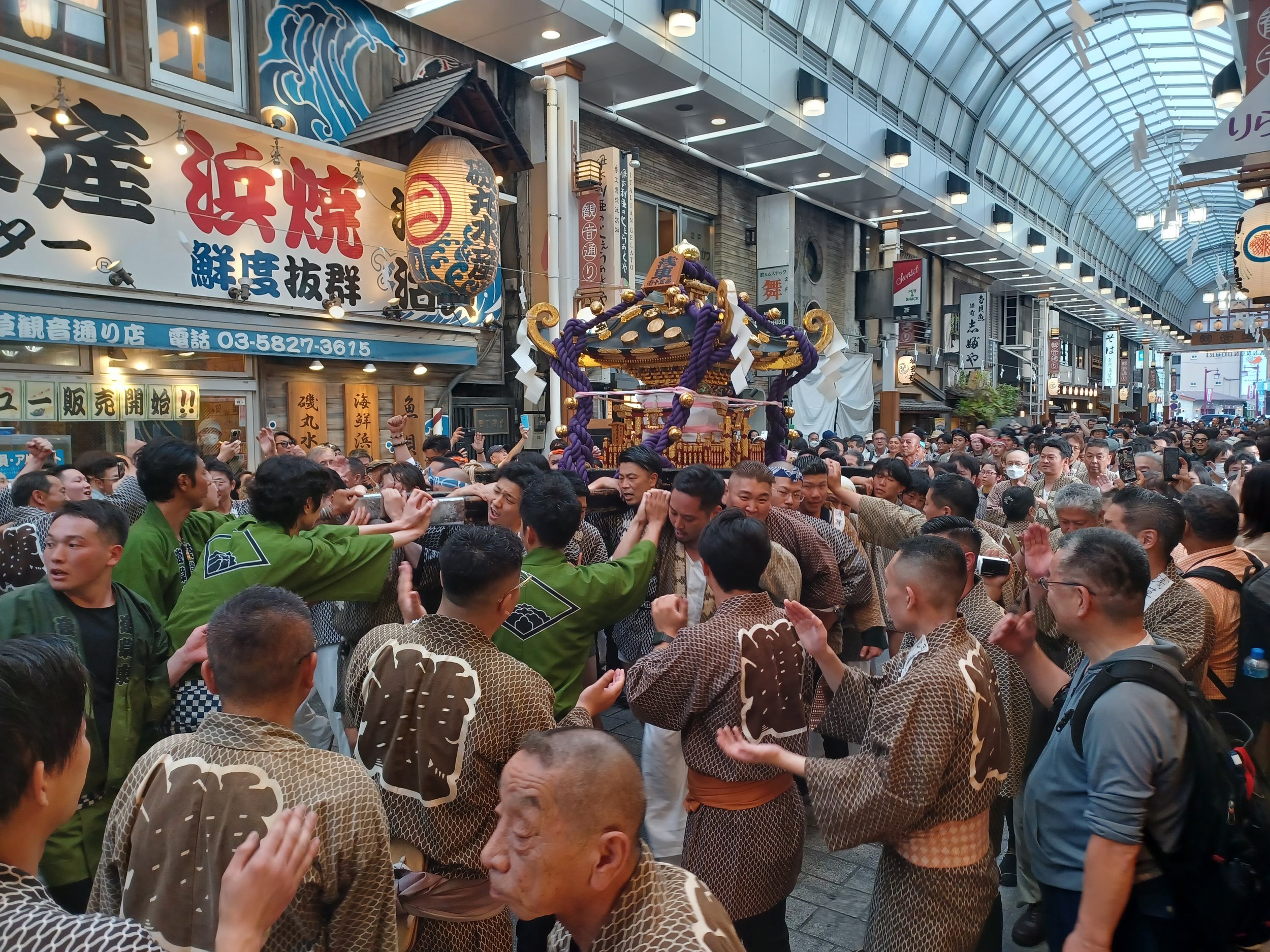Japan
Japan is a nation of ancient and storied traditions and customs. But in the 20th century she leapt headlong into the west, becoming a technological and economic powerhouse. Japan allows for visitors to experience the exoticism of Asia and a completely non-Western culture, while also providing all the modern comforts of the west. Such a land is eminently interesting but also possesses much natural beauty. This tour will feature the urban centers of Tokyo, Osaka, Kyoto, and Hiroshima but also the rural charms of the Japanese alps, the villages of Matsumoto, Nara, Kurashiki, and Takayama. We will visit Zen gardens, learn to make sushi, visit castles and temples, explore a Geisha district, view mighty Mt. Fuji, and much more. Join Imprint for this diverse and fascinating fortnight.
[Please note, there have been significant changes in the 2024 itinerary after our initial two Japan tours in May 2023.]
Day 1 Tokyo
Meeting; Dinner
Konnichiwa! Welcome to Tokyo, Japan's dynamic capital. Your tour begins with an early evening get-acquainted meeting in the hotel. Afterwards we’ll enjoy our first meal in Japan.
Hotel B Asakusa (2 Nights) https://en.theb-hotels.com/theb/asakusa
Day 2 Tokyo
Koishikawa Garden; Sushi making
Our first destination this morning is a classic, Edo-period Japanese garden. We will visit Koishikawa Garden with its traditional water features and brightly colored arched bridges, arboreal variety, streams, and flowers. Afterwards we will learn the art of sushi making. We’ll learn how to craft sushi and then enjoy the fruits of our labor for lunch. Your afternoon is free for personal explorations. For those interested, Lulu will take you to Shibuya for the rush hour “Shibuya Scramble” - purported to be the world’s busiest pedestrian crossing. It is an urban cultural show not to be missed.
Day 3 Takayama
Miso Lunch; Matsumoto Castle
Departing Tokyo, we travel by private coach to Takayama in alpine Gifu Prefecture. If weather allows we’ll pass Mt Fuji en route, making a photo stop for this iconic mountain. Then we’ll be visiting Matsumoto for Miso lunch and a photo stop at Matsumoto Castle. Sometimes nicknamed Crow Castle due to its resemblance to the bird spreading its wings, it is the oldest original castle in the country dating back to 1592. Takayama is a charming 16th century mountain town, famous for its feudal-era streets, old merchant houses, and canals.
Takayama Tokyu Stay Hida (1 Night) https://www.tokyustay.co.jp/e/hotel/HTM/
Day 4 Kyoto
Morning Market; Merchant District; Sake tasting; Festival Float Museum
Gifu Prefecture is known for its excellent produce and today we’ll visit Takayama’s morning market that dates back some 600 years. We’ll continue our morning with a walk through Takayama Merchant District and get a sense of the life of hundreds of years ago. The alpine climate is perfect for creating sake so we will visit a local brewery for a taste of the region's signature libation. To finish our morning we’ll visit the Festival Float Museum with displays of the highly decorated floats used during Takayama’s famous Matsuri festival. In the afternoon we catch a Japanese bullet train to whisk us south to Kyoto. The charms of Kyoto, the former imperial capital for over 1,000 years, are profound. With its many cultural landmarks and historical sites, and an abundance of traditional arts, Kyoto is regarded as the cultural heart of Japan.
Hotel Keihan Kyoto Grande (4 Nights) https://www.hotelkeihan.co.jp/kyoto/guestroom/
Day 5 Kyoto
Kyogashi making; Fushimi Inari
This morning we will learn how to make unique Kyoto sweets called Kyogashi. A craftsman will help you make three different kinds of seasonal sweets. You can taste them with matcha green tea after the session. We will round out our morning with a guided visit to Fushimi Inari Shrine. This iconic Shinto complex, with its thousands of vermilion torii gates, is a no-miss Kyoto landmark and graces many guidebook covers and brochures. Your afternoon is free to rest or further explore Kyoto by yourself.
Day 6 Kyoto
Golden Temple; Diosgenin Zen Temple; Gion walking tour
Today we’ll take a tour of UNESCO-listed Kinkaku-ji, the extravagantly decorated Golden Temple. Its beautiful garden was immortalized in Yukio Mishima’s novel “The Golden Pavilion”. Then it’s on to Daisenin Zen Temple where carefully placed rocks sit in an immaculately raked sea of gravel. We’ll participate in a brief meditation session and learn about Zen philosophy. In the early evening we will explore the Gion district with our guide, hoping to spot geiko (as geisha are known in Kyoto) dressed in elaborate kimonos and make-up on their way to functions across the city.
Day 7 Kyoto
Free Day
Today is a free day for you to explore Kyoto on your own.
Day 8 Hiroshima
Himeji Castle; Okonomiyaki
We depart Kyoto this morning with a destination goal of Hiroshima. On the way, we make a stop at Himeji Castle, Japan's most impressive samurai castle. Then it is on to energetic Hiroshima. Tonight’s dinner is okonomiyaki, a local specialty now enjoyed all over Japan.
Sotetsu Grand Fresa Hiroshima (3 Nights) https://fresa-inn.jp/hiroshima/
Day 9 Hiroshima
Miyajima
This morning we head for the beautiful island of Miyajima, just a short ferry ride across the Inland Sea. The island is home to the venerable Shinto shrine of Itsukushima, famous for its huge bright orange torii (ceremonial gate), which stands in the waters of the bay. Weather permitting we’ll take the cable car to the island’s summit for magnificent views. Then we return to the village to explore Itsukushima, also called “the floating shrine” and Daisho-in temple with its garden of “baby Buddha” statues and mystical grotto chapel.
Day 10 Hiroshima
Peace Memorial
A visit to the Genbaku (A-Bomb) Dome and the Peace Memorial Park and Museum is sobering, but the tragedy that happened here is an important historical event to be confronted. Both stand as emotional testament to the fateful day in August 1945 when Hiroshima became the first target for nuclear attack. Your afternoon is free to explore on your own.
Day 11 Osaka
Bikan District; Dotonbori
Departing Hiroshima this morning we make our way to Osaka, Japan's dynamic third city. Along the way we will stop for lunch and brief explorations of the historical Bikan district of Kurashiki. Osaka is unofficially, but undisputedly, Japan’s culinary capital. Upon arrival our guide will give us an orientation walk of Dotonbori neighborhood - Osaka’s high-voltage entertainment and dining quarter.
Agora Place Osaka Namba (3 Nights) https://agoraplace-namba.com/
Day 12 Osaka
Todai-ji Temple; Kasuga Grand Shrine
Our destination today is nearby Nara, which briefly reigned as capital of Japan in the 8th century. With eight World Heritage sites, Nara is second only to Kyoto as a fountain of Japan's cultural legacy. While here we will visit Todai-ji Temple with its huge, seated bronze Buddha, Japan’s largest. Next we head to Kasuga Taisha - Nara's most celebrated shrine.
Day 13 Osaka
Kuromon Market; Osaka Castle
This morning, we’ll begin our sightseeing with a visit to mighty Osaka Castle. Once home to over 10,000 samurai families, the impressive fortress dominates Nishinomaru Garden. One enjoys expansive city views from its uppermost tower, which is in turn surrounded by secondary citadels, gates, turrets, impressive stone walls and moats. We finish our morning with a visit to the atmospheric Kuromon market for a photo safari. The afternoon is free to explore. We’ll celebrate our last night in Japan with dinner in one of Osaka’s shabu-shabu restaurants to enjoy this quintessential Japanese meal.
Day 14 Tour Over
Tour officially ends with breakfast. Imprint will assist with airport transfer arrangements.
[Itinerary details, accommodations, and activities are subject to change]
Optional 2-Day extension: Koyasan
Temple Stay; Okuno-in; Shojin ryori dinner
Our 2-Day extension is Koyasan, an important center for Shingon Buddhism for over 1200 years. We’ll visit Okuno-in, the mausoleum of Kobo Daishi, Shingon’s founder and one of the most revered saints in the religious history of Japan. Your unique accommodation tonight is in one of the many temples still operating. We’ll relax alongside Buddhist monks and follow their routine of evening meditation and morning prayers. Your dinner tonight is shojin ryori, or monastic cuisine, prepared by novice monks. This unique meal was introduced to Japan in the 13th century by Zen monks from China. The extension includes transportation back to Osaka day 2, arriving about 11:30-12:00.
Note: This temple stay is an amazing and unique cultural connection experience. We love it. However, for 2 important reasons, we have chosen to make it optional. First, you will be required to sleep on fairly thin futons on tatami floors. It is an uncomfortable night. Second, there are no private bathroom facilities. Sinks and toilets are shared facilities and bathing is public, although segregated by gender. We think the sacrifices are well worth the experience. But we understand that this experience is not for everyone. If you have questions, please inquire: info@imprinttours.com
Regejoin (1 Night) https://www.rengejoin.jp/en/
What’s Included:
13 nights accommodation (14 with extension); All breakfasts, 5 dinners (+ 1 extension), 2 lunches; All tour transport (train, bus, boat, cable car); All tips (tour manager, Imprint escort, meals, hotel staffs, drivers); Full-time services of a Japanese tour director and Imprint escort; All entrances: Koishikawa Garden, Festival Float Museum, Genbaku Memorial, Peace Memorial & Museum, Himeji Castle, Kinkaku-ji, Osaka Castle, Todai-ji temple, Tasuga Taisha shrine & museum; All activities: Fuji photo stop, sushi making, sake tasting, Takayama Merchant District, Miyajima Island visit, Itsukushima shrine, Daisho-in temple, Mt. Misen cablecar, Gion walk, Kyogashi sweets making, meditation instruction, Kuromon market, Dotonbori walk, and more.
Important exceptions:
Tour participants are responsible for the cost of drinks, free-time sightseeing & meals, expenditures of a personal nature, and optional train baggage services.


